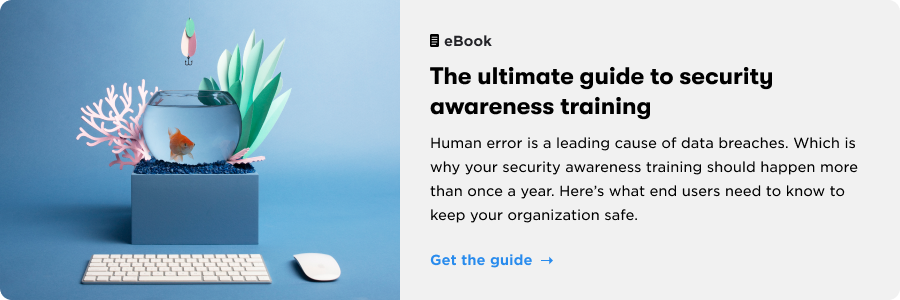Many people are reluctant to embrace change, even when that change benefits them. This human peculiarity is especially frustrating for managers who are trying to get employees to adopt new technology.
One of the big reasons why change is so difficult is that it is often viewed as a one-time event (e.g., a switch from technology A to technology B), so it always feels uncomfortable and alien. But what if we shifted our perspective, and instead of managing change one project at a time, we empower employees to approach all change fluidly rather than fearfully?
Why do people resist change?
Change is never easy, but if you approach it from a place of understanding and empathy, you may find that employees are more receptive to new tools and processes.
For example, your team may already have a lot on their plates and feel overwhelmed at the thought of having to add unfamiliar technology to the mix.
Or perhaps the general view is that there is nothing “wrong” with the current solution, so why go through the effort and expense of changing it?
And sometimes, it all just boils down to change being scary, and the status quo being preferable. Once you understand where the pushback is coming from, it will be easier to focus your change enablement efforts in the right place.
Tips for enabling change and encouraging new technology adoption
Here are 5 pro tips for getting new technology buy-in that address many of the common reasons employees are reluctant to embrace change:
1. Focus on the “whys”
“Because I said so” is a highly ineffective approach to change management. Instead, focus on all the reasons why the new technology is a great move for both the employees and the company.
Outline in detail how users will benefit, the value the technology brings to the company, and the specific problems that are being solved by the change.
2. Make it personal
Employees will be significantly more receptive to adopting new technology if you make it about them. This includes clearly defining how the technology will improve each person’s workload and personalizing training to keep it interesting.
For even more engagement, make users part of the adoption process by creating focus groups, encouraging feedback, and incorporating employee suggestions whenever possible.
3. Recruit (don’t assign) champions
These days, influencers play a role in everything from ice cream to iPhones. The same psychology that works on YouTube also works in new technology adoption.
Find champions who are admired, not feared, by other employees to demonstrate the real-world benefits of the new technology. However, don’t pressure them into volunteering—present the opportunity and allow them to decide for themselves. These champions should be a mix of roles from both up and across the organizational chart, and not just technical people.
4. Keep it fun
Gamifying the learning process is a proven strategy for increasing engagement and knowledge retention. You can also offer rewards for quick adoption and publicize early wins to build momentum and foster a bit of friendly competition.
5. Manage the change
It is crucial for change leaders to model the behavior they want to see in others. Be sure to talk the talk and walk the walk by first adopting the technology yourself, then offering frequent encouragement and positive feedback on the adoption of the technology to employees.
Keep lines of communication open so struggling employees feel heard, and share both internal and external success stories to show that there is method in the madness.
How BrainStorm can help
BrainStorm is committed to empowering change through a highly personalized approach to change enablement that prevents user frustration, alleviates IT workloads, and helps organizations reach their goals.
The BrainStorm platform combines content expertise with an intelligent platform to transform the way users work with their Microsoft technology.
Change doesn’t have to be painful. Encouraging employees to embrace rather than resist new technology is far less daunting when you are equipped with the right strategy and mindset.



